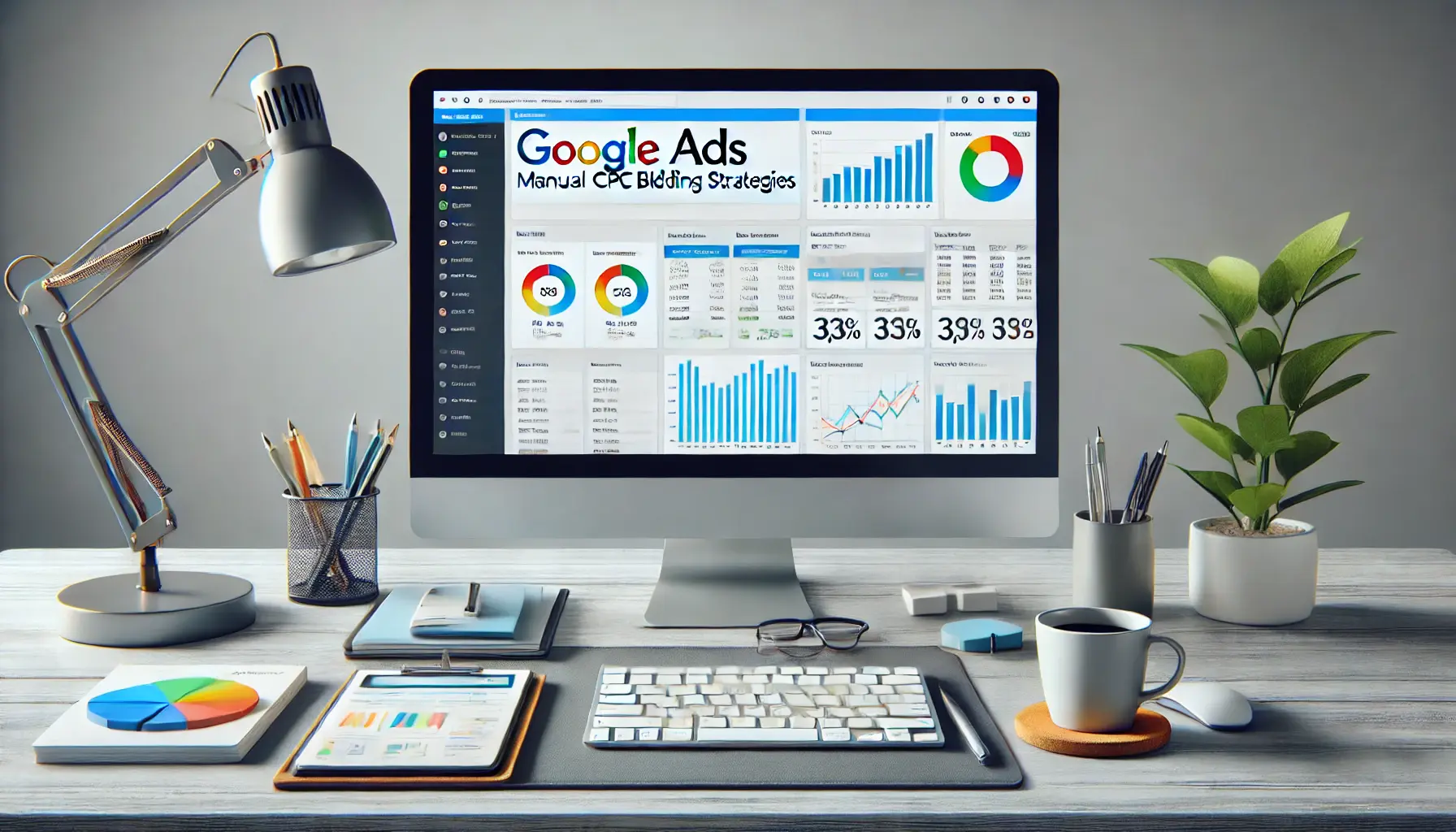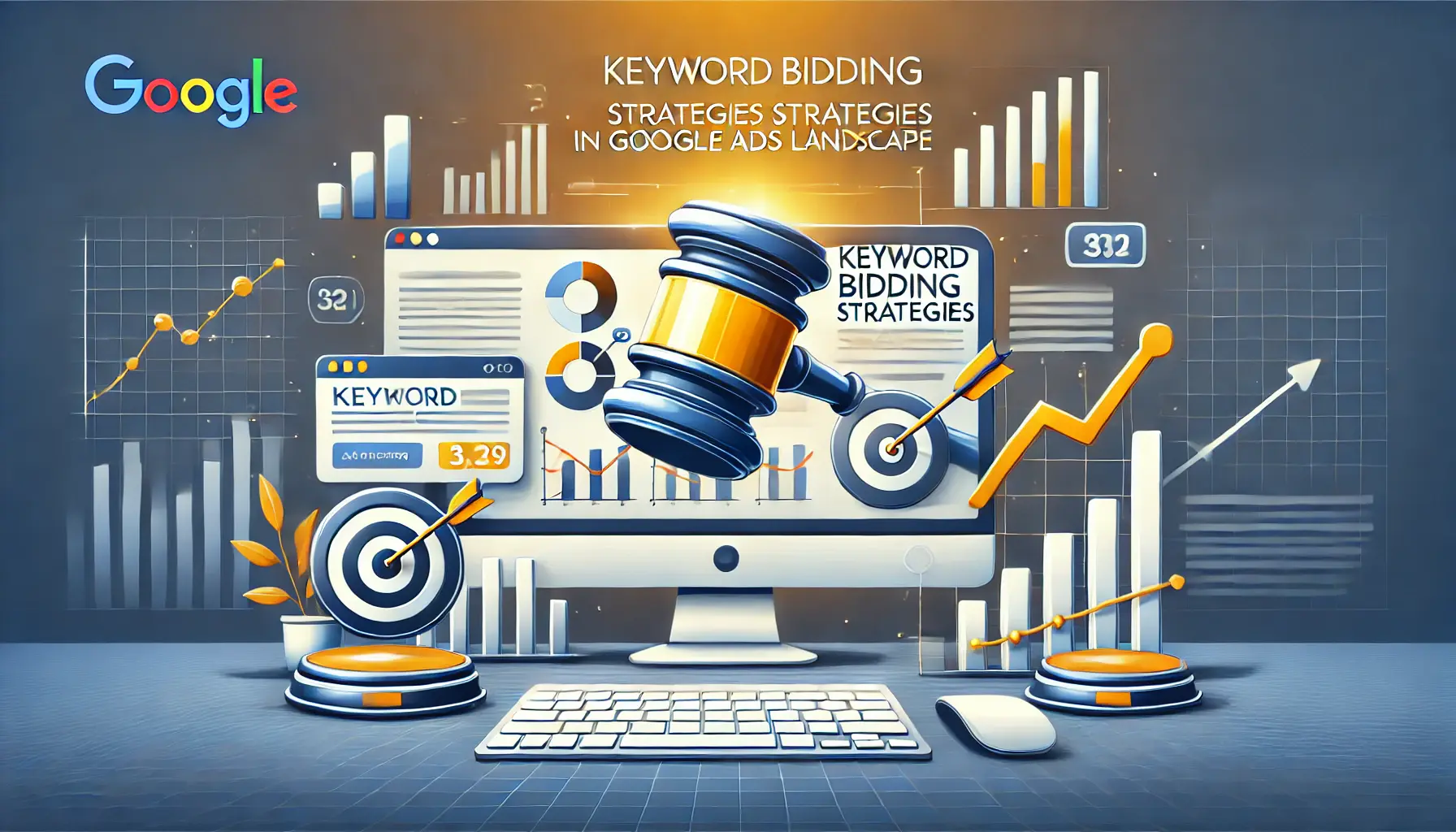Understanding the intricacies of Google Ads can be a daunting task, especially when it comes to bidding strategies.
One such strategy, Manual CPC (Cost-Per-Click), offers advertisers a granular level of control over their ad spend.
This article delves into the nuances of setting Manual CPC in Google Ads, providing insights and strategies to optimize your advertising campaigns effectively.
Manual CPC bidding allows advertisers to set their maximum bid amount for clicks on their ads.
This contrasts with automated bidding strategies where Google sets bids to maximize clicks or conversions.
Manual CPC is particularly beneficial for those who have a clear understanding of their campaign’s value and want to maintain tight control over their bidding process.
- Understanding Manual CPC in Google Ads
- Strategies for Setting Manual CPC Bids
- Maximizing Efficiency with Manual CPC
- Understanding the Impact of Quality Score on Manual CPC
- Advanced Techniques in Manual CPC Bidding
- Keeping Up with Market Trends and Adjustments
- Mastering Manual CPC in Google Ads: A Strategic Conclusion
- Manual CPC in Google Ads: Essential FAQs
Understanding Manual CPC in Google Ads
At its core, Manual CPC bidding is about control.
Advertisers can specify the highest amount they are willing to pay for a click on their ads.
This approach is particularly useful when you have specific knowledge about the value of a conversion or the click itself.
It allows for precise budget allocation, ensuring that you’re not overspending on less valuable clicks.
However, this control comes with the responsibility of monitoring and adjusting bids to stay competitive.
Unlike automated strategies, Manual CPC requires a hands-on approach, making it essential to regularly review and adjust bids based on campaign performance and market changes.
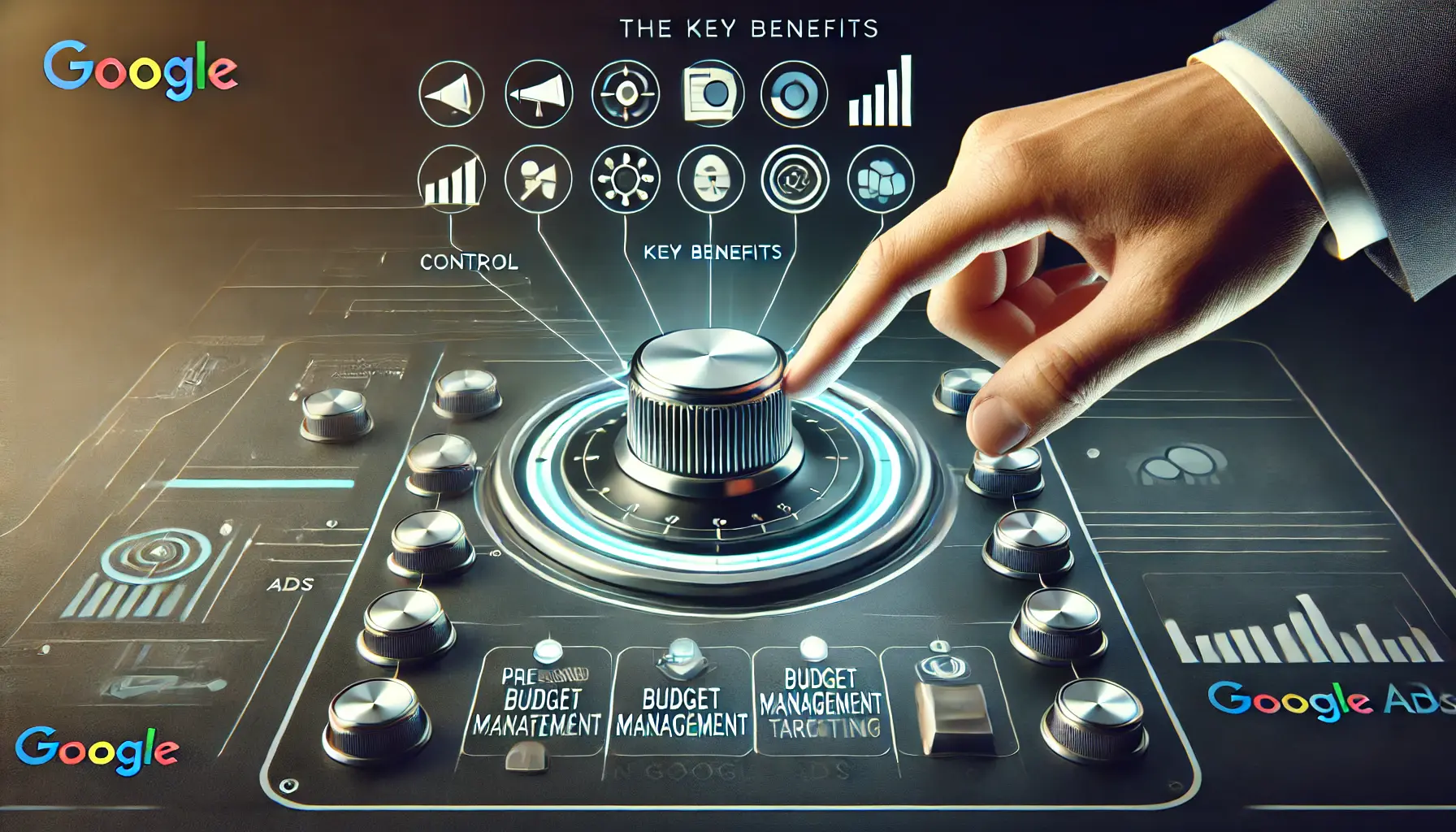
Symbolic depiction of the benefits of Manual CPC, showcasing control and precision in ad spend management.
Key Benefits of Manual CPC
- Greater control over ad spend
- Precise targeting of ad bids
- Flexibility to adjust bids based on performance
Manual CPC is ideal for advertisers who want direct control over their bidding strategy and have the capacity to monitor and adjust bids frequently.
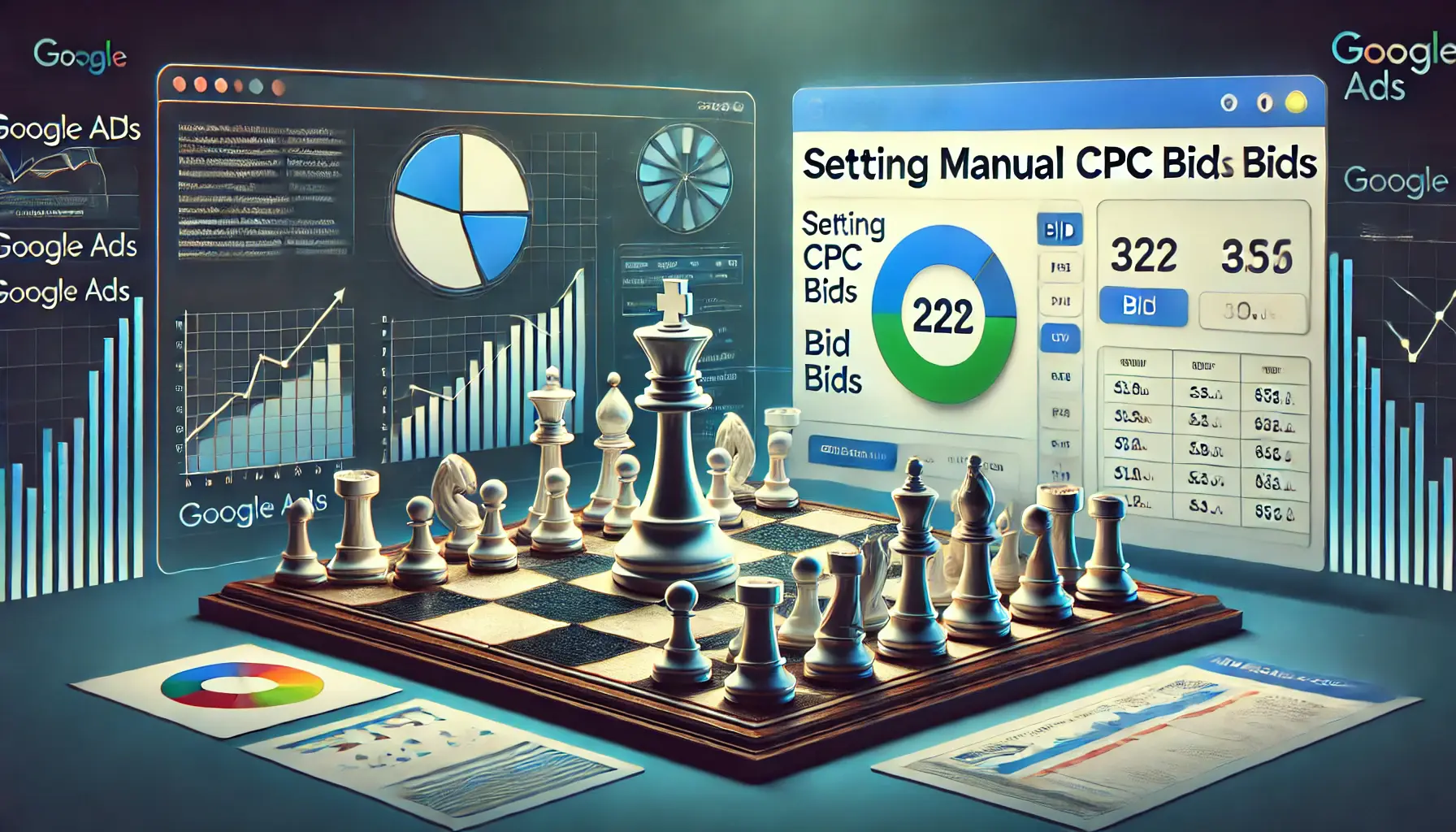
Visual depiction of strategic approaches to setting Manual CPC bids in Google Ads.
Strategies for Setting Manual CPC Bids
Setting the right Manual CPC bid requires a strategic approach.
It’s not just about deciding how much you’re willing to pay per click, but also understanding the value each click brings to your business.
A well-thought-out Manual CPC strategy can lead to cost-effective campaigns and improved ROI.
Begin by analyzing your campaign goals and the average value of a conversion.
This understanding will guide you in setting bids that are both competitive and economical.
Remember, the goal is to pay for clicks that are likely to convert, not just any click.

Visual representation of beginning a Google Ads campaign with a competitive bidding strategy.
Starting with a Competitive Bid
Initially, set your bids competitively to gain visibility and data.
Analyze the average CPC in your industry and set your bids slightly higher to ensure your ads appear in a prominent position.
As you gather performance data, adjust your bids accordingly.

Visual representation of bid adjustments in Google Ads to improve campaign performance.
Adjusting Bids Based on Performance
Regularly review your campaign’s performance.
If certain keywords or ads are performing well, consider increasing their bids to capitalize on their success.
Conversely, lower the bids for underperforming elements to reduce unnecessary expenditure.
- Analyze conversion rates and adjust bids for high-performing keywords.
- Reduce bids for keywords with low conversion rates or high costs.
- Consider the time of day and day of the week when adjusting bids, as user behavior can vary.
Consider using bid adjustments for different devices or locations if your campaign data suggests varying performance across these dimensions.
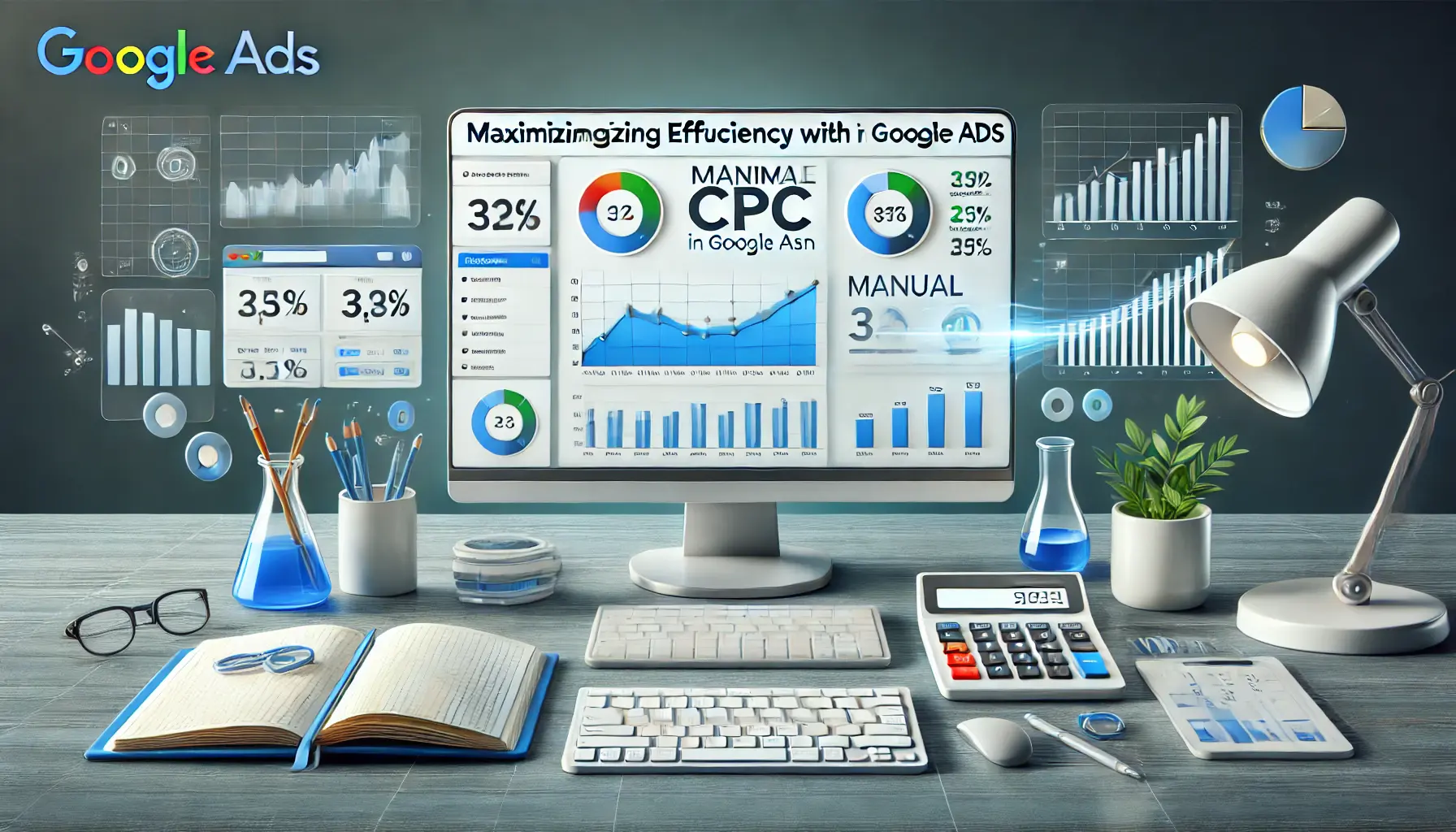
Visual representation of strategies to maximize efficiency in Manual CPC for Google Ads campaigns.
Maximizing Efficiency with Manual CPC
Efficiency in Manual CPC bidding doesn’t just come from setting the right bids.
It also involves understanding how different elements of your campaign interact with each other and influence overall performance.
By focusing on key areas, you can fine-tune your campaigns for better results.
One crucial aspect is keyword selection.
Choosing the right keywords is foundational in PPC campaigns.
They should be highly relevant to your ads and landing pages, ensuring a high Quality Score, which can lead to lower CPCs and better ad positions.

Visual representation of enhancing ad quality and relevance in Google Ads.
Optimizing Ad Quality and Relevance
Ad quality plays a significant role in the success of your Manual CPC strategy.
High-quality, relevant ads can lead to better click-through rates (CTR) and lower costs.
Ensure your ads are compelling and directly related to the keywords you’re bidding on.

Visual representation of using negative keywords to optimize Google Ads campaigns.
Leveraging Negative Keywords
Using negative keywords effectively can prevent your ads from appearing in irrelevant searches, saving your budget for more qualified clicks.
Regularly update your negative keyword list based on search query reports to enhance campaign efficiency.
- Regularly review search terms and add irrelevant terms as negative keywords.
- Analyze ad performance and pause or optimize underperforming ads.
- Test different ad copy and landing pages to improve CTR and conversion rates.
Remember, efficiency in Manual CPC is not just about reducing costs but also about improving the overall quality and relevance of your ads.

Visual representation of the relationship between Quality Score and Manual CPC in Google Ads.
Understanding the Impact of Quality Score on Manual CPC
The Quality Score in Google Ads is a critical factor that influences the effectiveness of your Manual CPC strategy.
It’s a metric that assesses the quality and relevance of your ads, keywords, and landing pages.
A higher Quality Score can lead to lower CPCs and better ad positions, making it a pivotal aspect of campaign optimization.
Quality Score is determined by factors such as CTR, keyword relevance, landing page quality, and the relevance of your ad text.
Improving these elements can significantly enhance your Quality Score, thereby reducing your cost per click and improving ad placement.
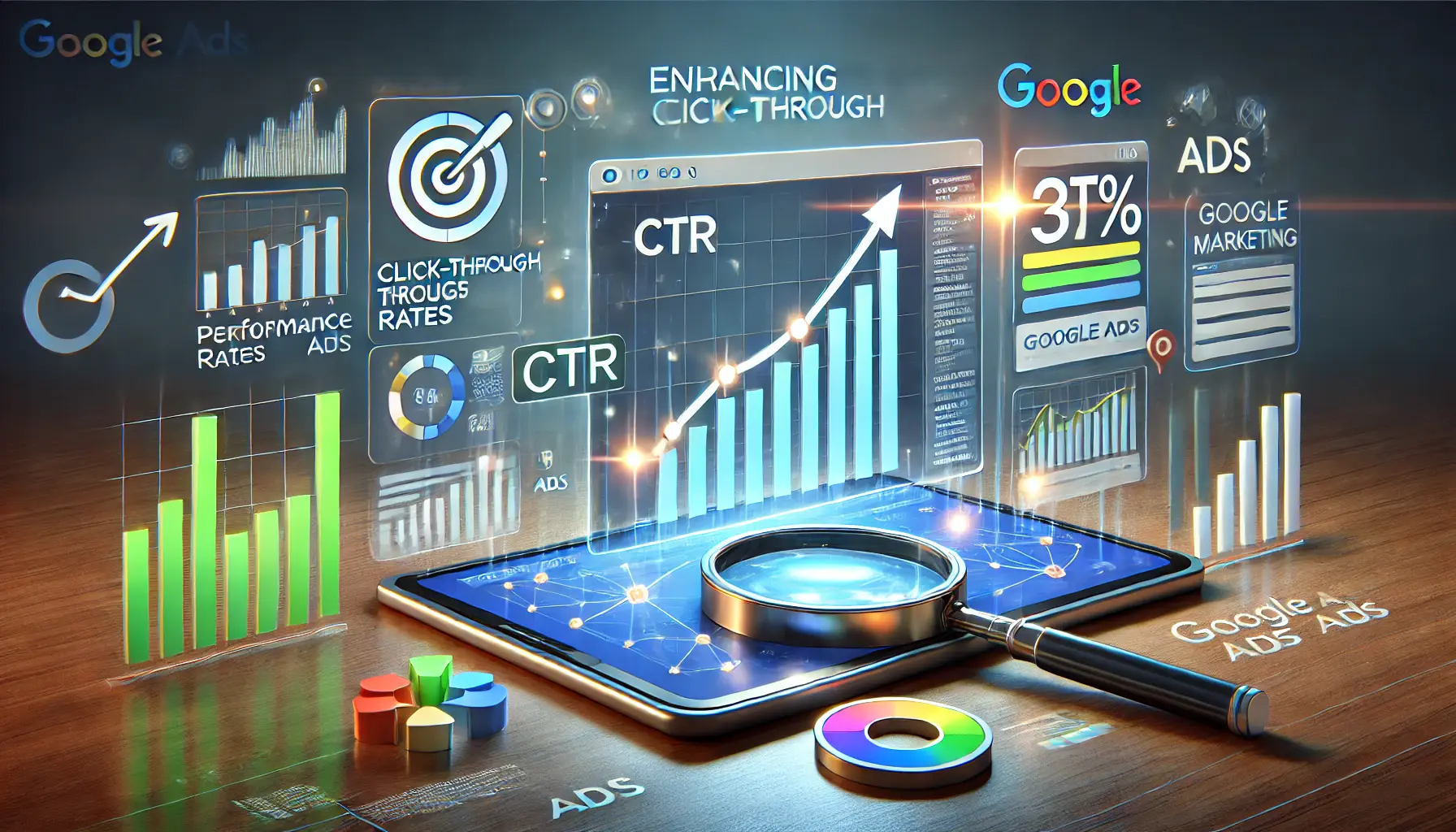
Visual representation of strategies to enhance Click-Through Rates in Google Ads campaigns.
Enhancing Click-Through Rates (CTR)
CTR is a strong indicator of how relevant and appealing your ads are to your target audience.
Improving your CTR involves creating compelling ad copy and ensuring that your ads are closely aligned with the search intent of your keywords.

Visual representation of strategies to optimize landing page experience for better performance in Google Ads campaigns.
Optimizing Landing Page Experience
Your landing page experience should be seamless and relevant to the user’s search query.
Ensure that your landing pages are fast-loading, mobile-friendly, and provide valuable content that matches the promise made in your ads.
- Conduct A/B testing on ad copy to find the most effective versions for your target audience.
- Use relevant and high-quality images or videos on your landing pages to enhance user engagement.
- Ensure that your landing pages have clear calls-to-action (CTAs) and easy navigation.
A high Quality Score is a testament to the relevance and effectiveness of your ads, directly impacting your Manual CPC efficiency.

Visual representation of advanced strategies in Manual CPC bidding for Google Ads campaigns.
Advanced Techniques in Manual CPC Bidding
For those looking to take their Manual CPC strategy to the next level, there are advanced techniques that can further optimize your campaigns.
These methods require a deeper understanding of Google Ads and a more hands-on approach but can lead to significant improvements in performance and efficiency.
One such technique is bid layering.
This involves setting different bid amounts for various segments of your target audience based on their likelihood to convert.
For instance, you might bid higher for users who have previously visited your site (remarketing) compared to new users.

Visual representation of bid adjustment strategies in Google Ads.
Utilizing Bid Adjustments
Bid adjustments allow you to increase or decrease your bids in certain scenarios, such as for specific devices, locations, or times of day.
This can be particularly effective if you know that your audience behaves differently across these dimensions.

Visual representation of geo-targeting strategies in Google Ads campaigns.
Exploring Geo-Targeting Options
Geo-targeting enables you to adjust your bids for specific geographic locations.
If certain areas are more profitable or have a higher conversion rate, you can allocate more of your budget to these regions.
- Consider using time-of-day bid adjustments to align with when your audience is most active.
- Analyze geographic performance data to identify high-performing regions for targeted bidding.
- Use device bid adjustments if you notice significant performance differences between desktop and mobile users.
Advanced Manual CPC techniques like bid layering and geo-targeting require continuous monitoring and adjustment but can lead to highly optimized campaigns.

Visual representation of staying updated with market trends and adjustments in Google Ads.
Keeping Up with Market Trends and Adjustments
In the dynamic landscape of online advertising, staying updated with market trends is crucial for maintaining an effective Manual CPC strategy.
Market conditions, competitor strategies, and consumer behaviors are constantly evolving, making it essential to adapt your bids and strategies accordingly.
Regularly analyzing industry benchmarks and competitor tactics can provide valuable insights.
This information can help you understand whether your bids need to be more competitive or if there are opportunities to reduce costs without sacrificing ad placement.
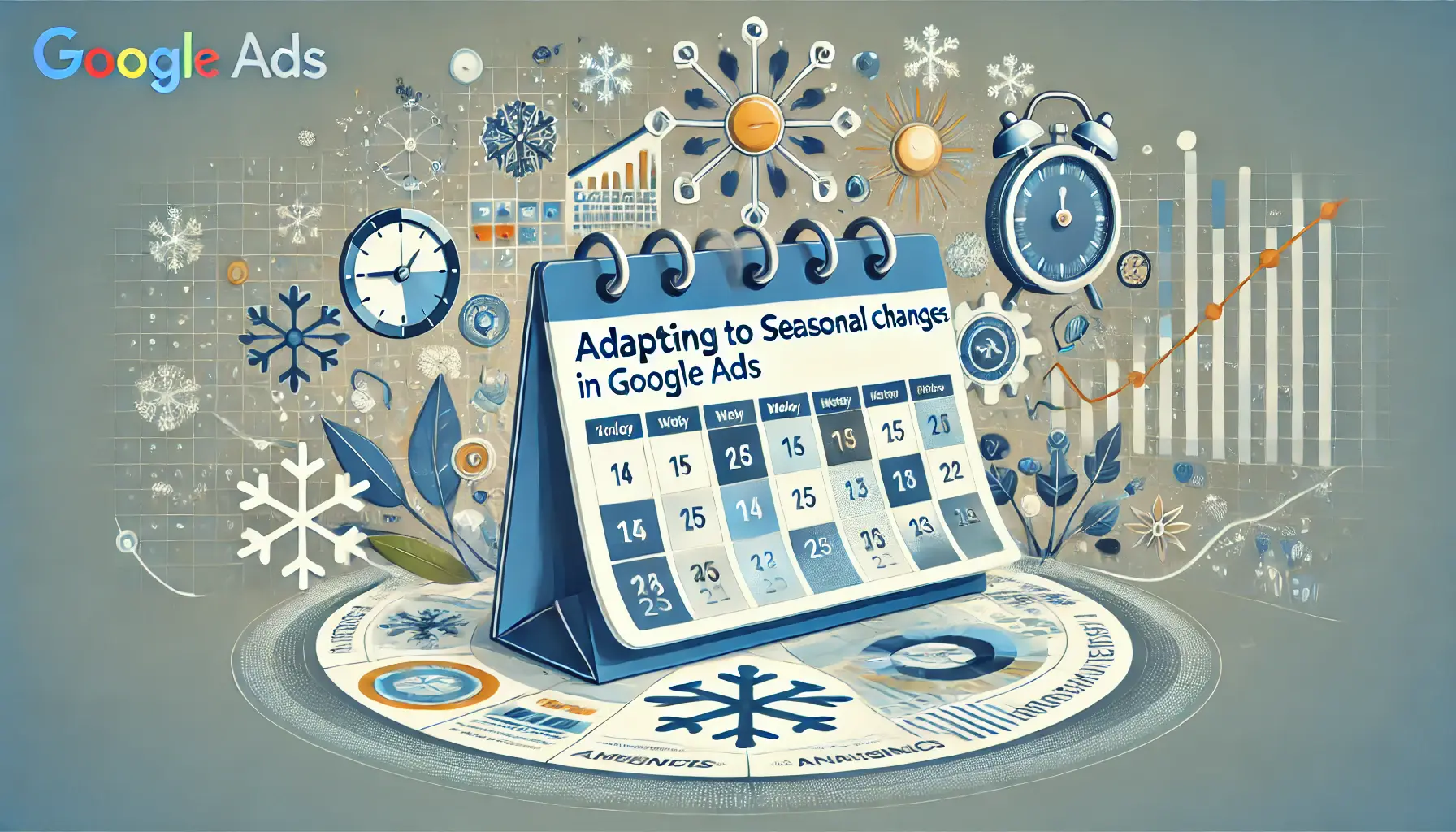
Visual representation of adapting advertising strategies to seasonal changes.
Adapting to Seasonal Changes
Consumer behavior often changes with seasons, holidays, or special events.
Tailoring your Manual CPC strategy to these fluctuations can help capitalize on increased demand or save costs during slower periods.

Visual representation of analyzing and responding to competitor strategies in Google Ads.
Responding to Competitor Movements
Keep an eye on your competitors’ strategies.
If they are bidding aggressively on certain keywords, you might need to adjust your bids to remain competitive.
Conversely, if they are pulling back, you might find opportunities to gain market share at a lower cost.
- Monitor industry trends and adjust your bids to stay relevant and competitive.
- Use tools like Google Trends to understand seasonal search patterns and adjust your strategy accordingly.
- Regularly review auction insights reports to gauge competitor bidding strategies and market position.
Assuming that a set-it-and-forget-it approach works for Manual CPC can lead to missed opportunities and inefficient spending.

Visual representation of achieving mastery in Manual CPC bidding strategies in Google Ads.
Mastering Manual CPC in Google Ads: A Strategic Conclusion
As we’ve navigated through the complexities of setting Manual CPC in Google Ads, it’s evident that this strategy requires a blend of analytical skills, market understanding, and continuous optimization.
The power of Manual CPC lies in its ability to offer advertisers unparalleled control over their ad spend, enabling them to make precise and informed decisions that align with their marketing objectives and budget constraints.
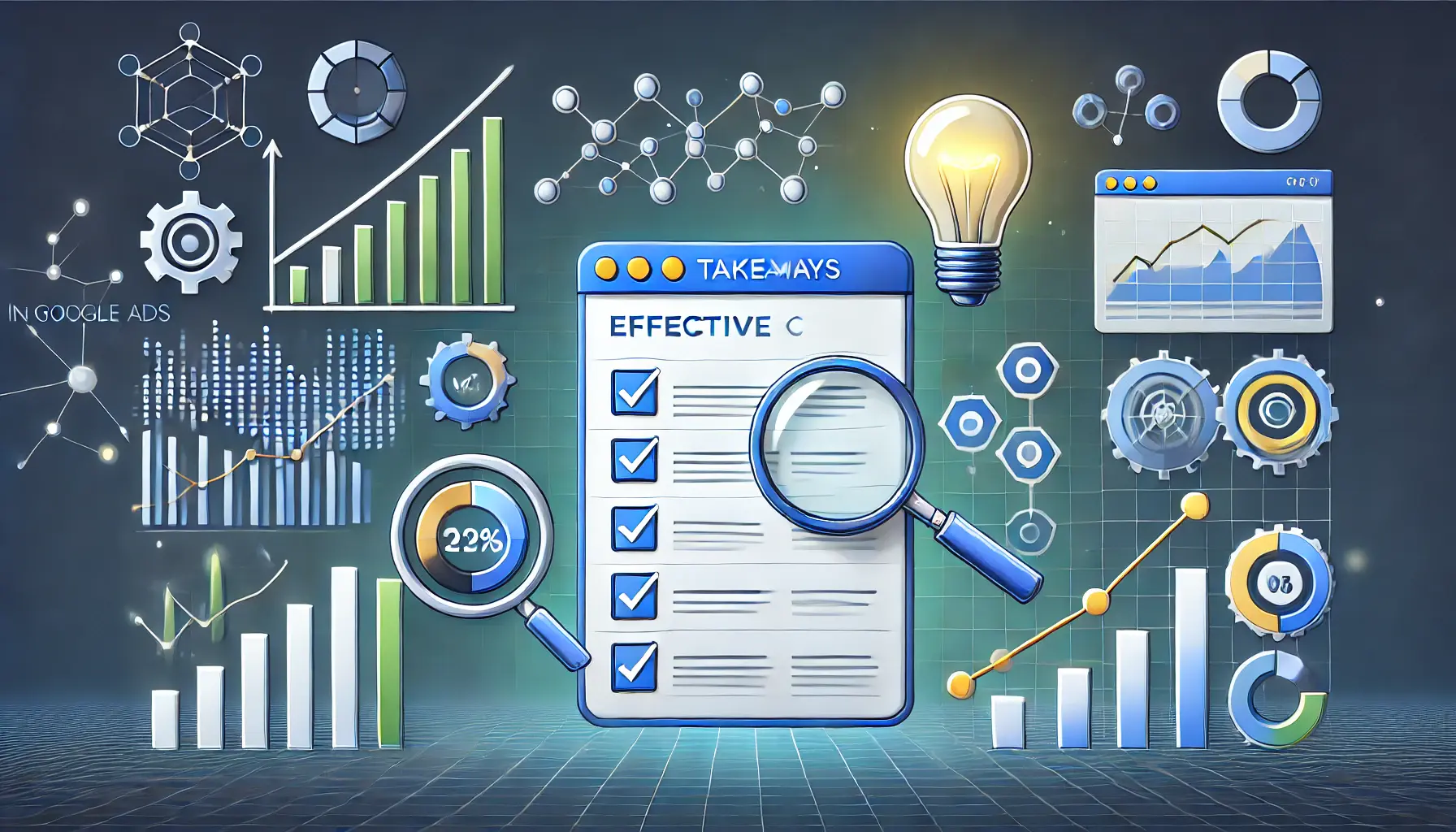
Visual representation of best practices for effective Manual CPC management in Google Ads.
Key Takeaways for Effective Manual CPC Management
- Regularly analyze and adjust bids based on campaign performance and market trends.
- Focus on improving Quality Score through relevant ads and optimized landing pages.
- Utilize advanced techniques like bid layering and geo-targeting for enhanced campaign performance.
- Stay agile and responsive to market changes, seasonal trends, and competitor strategies.
In conclusion, setting Manual CPC in Google Ads is not a static process but a dynamic one, requiring ongoing attention and adaptation.
By understanding the nuances of Manual CPC, advertisers can effectively manage their campaigns, ensuring that every click counts and contributes to the overall success of their digital marketing efforts.
Embracing the challenges and opportunities that come with Manual CPC bidding can lead to not only cost-effective campaigns but also a deeper understanding of your audience and market.

Visual representation of addressing essential FAQs about Manual CPC in Google Ads.
Your campaigns can be managed by an agency specialized in Google Ads, check out our service page.
Manual CPC in Google Ads: Essential FAQs
Delve into the frequently asked questions about Manual CPC in Google Ads to enhance your understanding and optimize your advertising strategies.
Manual CPC is a bidding strategy where you set your own maximum cost-per-click for ads, offering control over ad spend.
Unlike automated bidding, Manual CPC allows you to set bid amounts yourself, providing greater control over ad costs.
Manual CPC is ideal for campaigns where specific bid control and frequent adjustments are necessary for optimization.
Regular adjustments are recommended based on campaign performance and market trends for optimal results.
Yes, by allowing precise bid control, Manual CPC can lead to cost-effective campaigns and improved ROI.
A higher Quality Score can lead to lower CPCs and better ad positions, enhancing Manual CPC effectiveness.
Yes, techniques like bid layering and geo-targeting can further optimize campaigns for experienced advertisers.
Staying updated with market trends is crucial for adapting bids and maintaining effective Manual CPC strategies.
